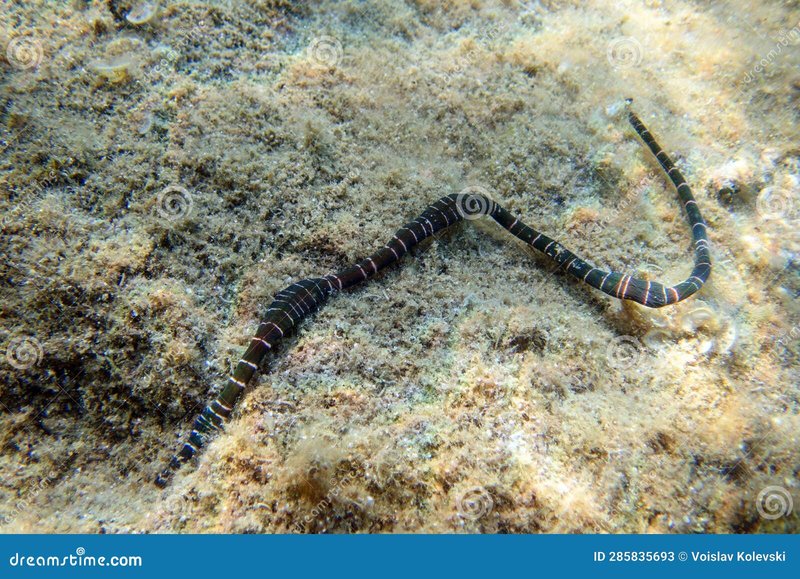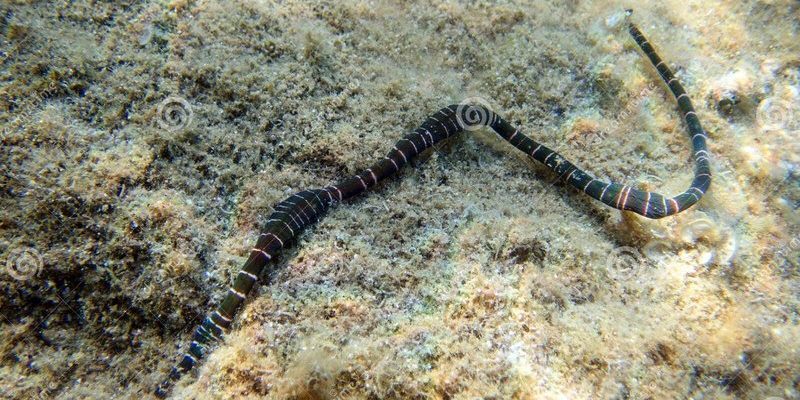
Bootlace worms belong to a family called *Lineus*, and they’ve got a story to tell that stretches back millions of years. Just like how a family photo album can reveal where we came from, these fossils provide clues about the environment and conditions of their time. So, let’s dive in and explore bootlace worm fossils and their ancient relatives—who they were, where we find them, and why they matter so much in our understanding of evolution and biology.
What Are Bootlace Worms?
Before we get into the fossils, it’s helpful to understand just what bootlace worms are. These marine worms can be found mostly in the waters around the UK and Ireland. They thrive in **muddy conditions**, coiling and wriggling through the sediment. Imagine a spaghetti noodle, but a lot more slippery and flexible! They are fascinating creatures because they have some unique features.
One standout trait is their ability to regenerate. If a bootlace worm loses a part of its body, it can grow back. That’s right—these worms could be seen as the superheroes of the ocean, always bouncing back no matter what! This regenerative power has made scientists curious about their biology and how it can help us understand healing in other animals.
What’s even more interesting is their size. Bootlace worms can spiral up to 10 meters long, or about 33 feet! When you think about length, it’s like comparing a worm to a bus. This immense size makes them one of the longest known species in the world, challenging our ideas of what a worm can be.
Bootlace Worm Fossils: The Historical Record
Now, let’s talk fossils. Bootlace worm fossils are rarer than you might think. Since they are soft-bodied creatures, they don’t often leave behind hard remains like bones or shells. Instead, paleontologists usually find imprints or traces in sedimentary rock. Think of it like leaving a footprint in the sand; over time, that footprint turns into a fossil that tells a story.
The oldest bootlace worm fossils date back to the **Cambrian period**, which is around 500 million years ago. This was a time when life exploded in diversity, and many of the Earth’s early ecosystems were forming. Finding remnants of these worms gives us insights into how marine life evolved and adapted over eons.
Additionally, when we analyze these fossils, we often uncover information about the environment they lived in. The sediments can reveal details like water temperature and salinity, painting a picture of ancient oceans. This tells us not just about the bootlace worms but also about the broader ecosystem of their time.
Ancient Relatives of Bootlace Worms
So, who were the ancient relatives of bootlace worms? It turns out that the family tree is quite complex. Bootlace worms share a lineage with various types of annelids, including earthworms and leeches. They belong to a class called *Polychaeta*, which is full of different marine worms, each unique in its own right.
For example, some relatives had more pronounced bristles (or chaetae) that helped them swim and burrow. Others might have had colorful patterns or features that aided in camouflage or display. You could think of this diversity as the different styles of shoes people wear—each is designed for a specific function, but all belong to the same general category.
The evolutionary journey of these creatures helps scientists understand the development of life in oceanic environments. By studying bootlace worms and their relatives, we can learn how certain features have persisted or changed over millions of years, showcasing the adaptability of life.
Why Bootlace Worms Matter in Ecology
Here’s the thing: bootlace worms aren’t just interesting because of their size or history. They play a role in today’s ecosystems too. These worms help in the **breakdown of organic matter** at the seabed, contributing to nutrient cycling. It’s a bit like how compost turns into rich soil for plants—it’s crucial for sustaining life.
Their presence in an ecosystem can also indicate the health of marine environments. If you find bootlace worms thriving in an area, it can signal good water quality. But if they start to disappear, that may raise concerns about pollution or changes in habitat. In this way, bootlace worms serve as indicators, giving us vital clues about the state of our oceans.
Additionally, studying these creatures can lead to discoveries in other fields, like medicine. With their remarkable regenerative abilities, researchers are exploring how the properties of bootlace worms might inspire new ways to heal wounds or even grow new tissue in humans.
The Fossilization Process: How It All Happens
Understanding how bootlace worm fossils form is essential to grasp their significance. Fossilization typically requires specific conditions, like rapid burial in sediment. This is necessary to protect soft-bodied creatures from decay. Over time, pressure and chemical processes turn these sediments into rock, preserving the shape of the organism.
When paleontologists find these fossils, they often use various techniques to analyze them. This can include **CT scanning** or 3D modeling, which provides detailed insight into the internal structure without damaging the specimen. It’s akin to taking a peek inside a wrapped gift without tearing the paper.
These advanced technologies not only help us learn about bootlace worms but also enhance our understanding of ancient ecosystems as a whole. Fossils become windows into the past, allowing us to study everything from climate changes to the interactions of species.
Bootlace worms, with their impressive lengths and fascinating history, offer a unique perspective on the evolution of marine life. Their fossils are a testament to a time long gone, but their legacy continues as they thrive in today’s oceans. Understanding these creatures—who they are, their ancient relatives, and their role in ecosystems—helps us appreciate the interconnectedness of life.
As we face challenges like climate change and habitat loss, recognizing the importance of organisms like bootlace worms is more crucial than ever. They remind us of the resilience of life and the endless stories that fossils tell—a journey from the depths of the ocean to our understanding of the natural world today. So next time you think about fossils, remember those squiggly bootlace worms and the ancient relatives that shaped the underwater world we know today.

